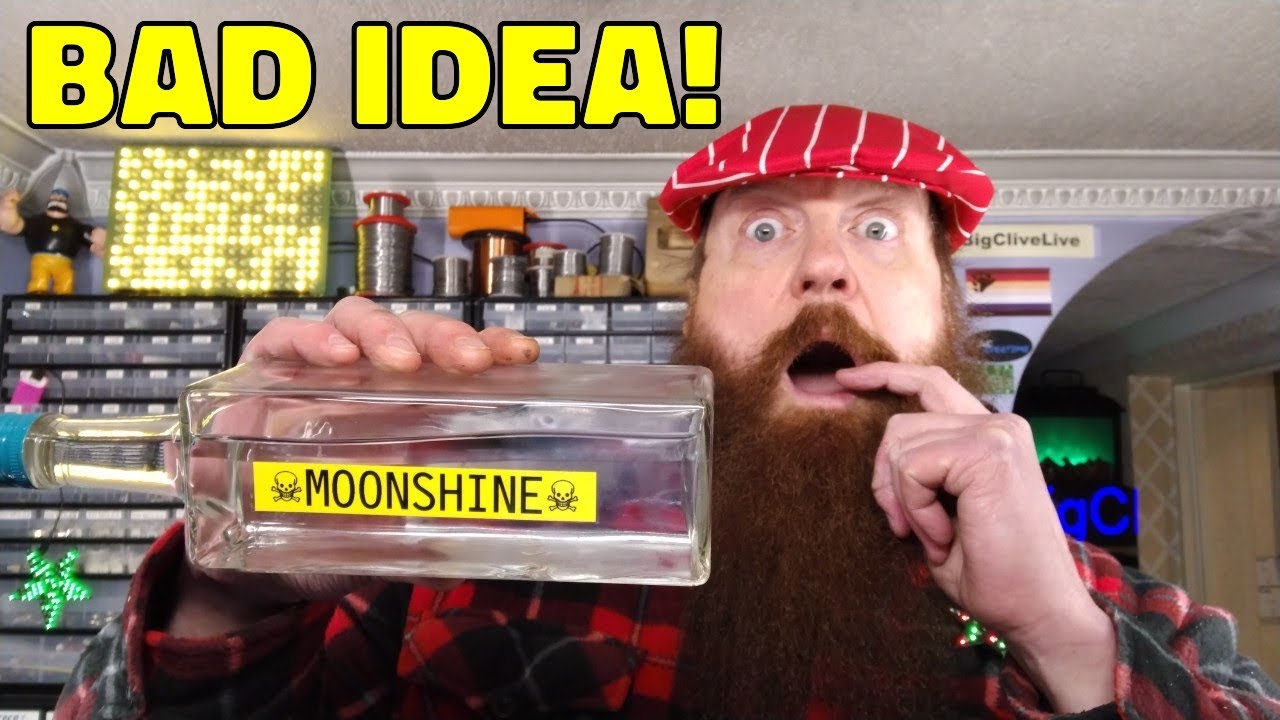You can dissolve a large quantity of CO₂ in 70% ethanol. But should you?
You find some of the most interesting subjects.
?What is champaign carbonated with. Not sure why the moonshine doesn’t taste well. ?Perhaps a “better” grade of moonshine. It does come in a variety of flavours.
Champagne is carbonated by CO₂ released by the fermentation of sugar by yeast. In the traditional Méthode Champenoise, the grapes are first fermented in the same way as when making white wine. Then, when the wine is bottled, additional sugar and yeast are added for a second fermentation which occurs in the bottle and carbonates the wine. (The actual process is somewhat more complicated, but this is the principle.) The amount of carbonation is limited by two factors: first, champagne, like still white wine, is limited to around 12% ethanol because the yeast dies when that percentage is reached and fermentation stops. With 12% ethanol, the solubility of CO₂ is limited and, in any case, the amount of CO₂ released by the yeast during fermentation is limited by the amount of sugar it has to metabolise.
With the 70% ethanol moonshine, the solution can dissolve much more CO₂ than 12% wine and, furthermore, Big Clive dissolved as much CO₂ as the moonshine could absorb, not limited by production by yeast. My guess is that with so much CO₂ in solution with the ethanol, it reacted strongly with the 30% water to form a high concentration of carbonic acid, much greater than in champagne or carbonated soft drinks. This would have given the carbonated 'shine a “bite” in addition to the bubbles and alcohol content.
Thank you for that concise explanation. I presume if less CO2 was added, there might be a different outcome to that test.
